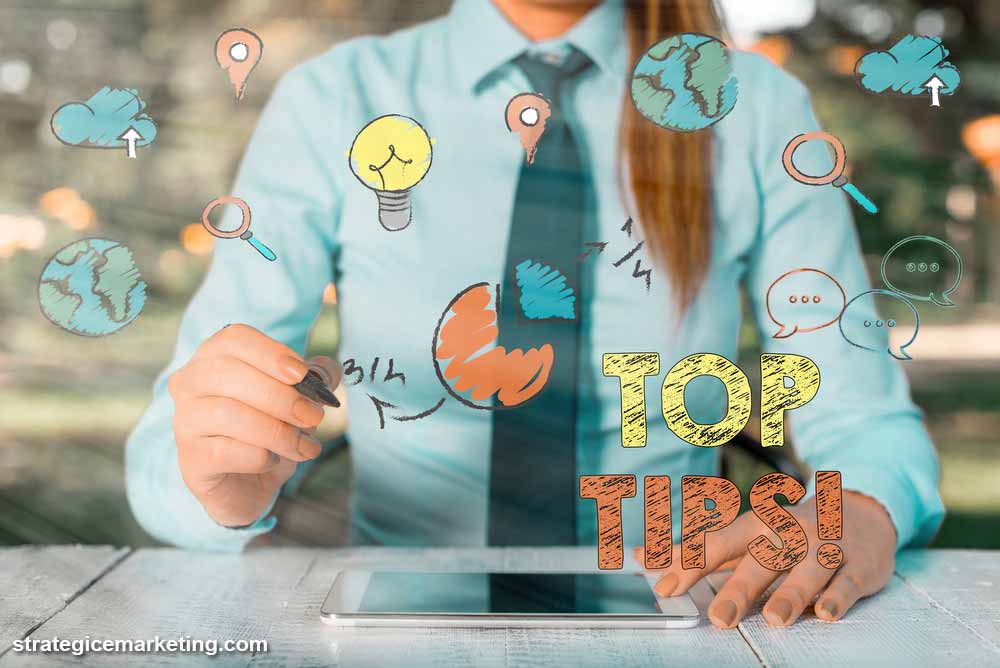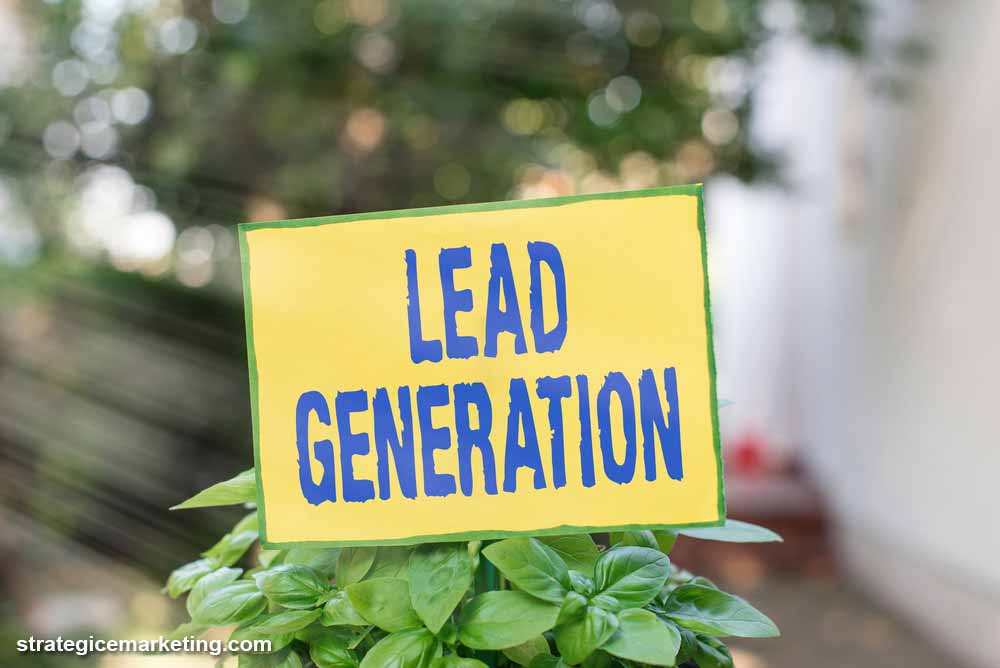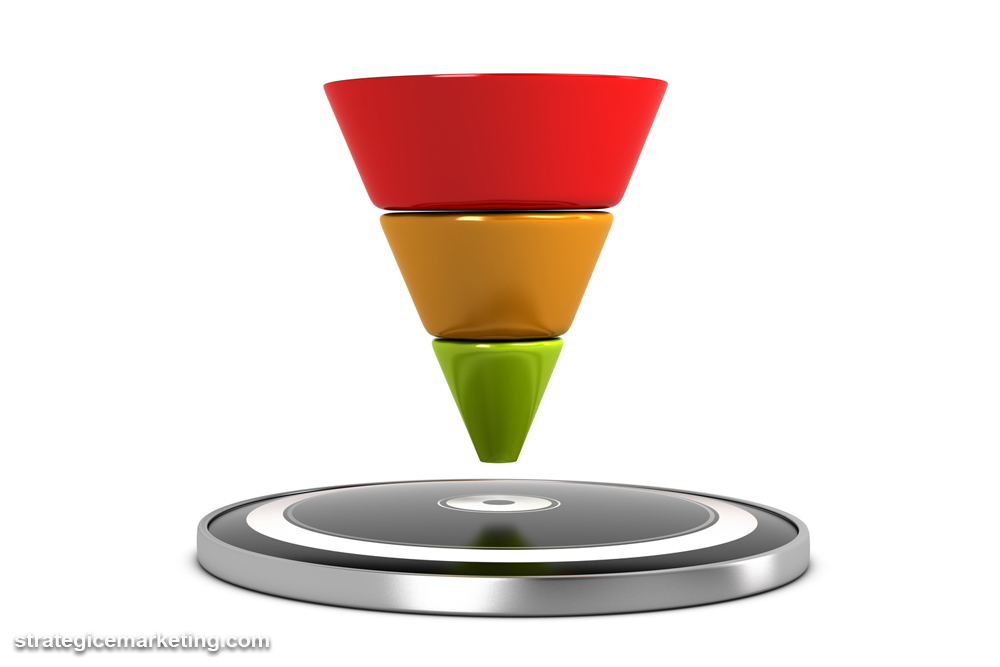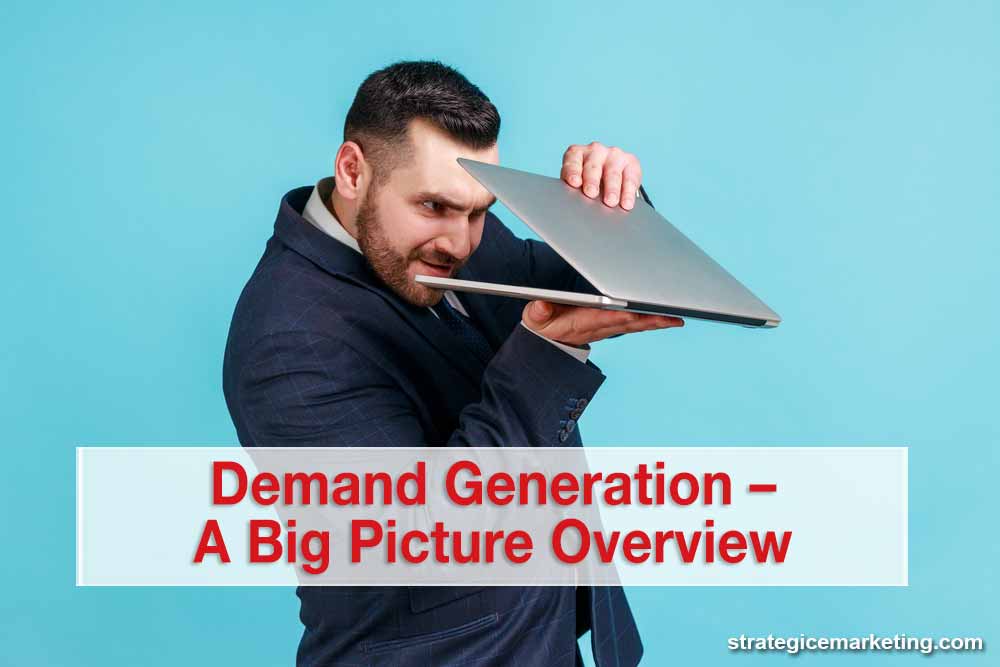Demand generation is a data-driven digital marketing strategy whose primary goal is to create awareness and interest over a solution all through the buyer journey. When done properly, it can significantly expand your audience, creating a buzz over your products/services. While also driving traffic to your website that can be easily converted from interest to action. Demand generation is designed to nurture and engage your prospects and always keep your brand at the top of their minds. The key objective in all this is to move prospects along the buyer journey until they ultimately end up being qualified leads that you may convert into new customers. Many people often confound demand generation marketing with lead generation. However, while sharing many characteristics, each is a slightly different strategy that overlaps the other.
The goal of a demand generation strategy is to grow your audience by driving more traffic to your site and then introducing them to the solutions you offer. Alternatively, lead generation’s goal is simply to directly convert traffic into qualified leads and initiate sales conversations with your brand. Demand generation works by creating awareness and interest since not everybody wants to opt-in or convert immediately. While a prospect might not be willing to engage with your sales team at once, they may still be keenly interested in watching your videos or reading your blogs. The consumption of helpful, engaging, and actionable content can develop trust and brand awareness. This way, when a prospect is ready to make a purchase decision, your brand will already have a foot in the door.

Demand generation is a long-term engagement
Developing solid customer relationships is everything in today’s business world. So you can look at demand generation as a sort of “umbrella” term for a series of marketing strategies which will help you foster long-term engagement. This form of eMarketing entails using a number of touchpoints to raise awareness of customer problems while positioning your business as a trusted advisor.
All the while generating more qualified leads, selling your solutions and eventually, fostering true brand loyalty. Demand generation’s long-term aspect is very critical.
This marketing strategy is not a quick fix. Rather, it’s a gradual, comprehensive and holistic engagement process. It covers dedicated inbound marketing strategies, social media interactions, ebook and newsletter campaigns, webinars, blogging, pop-up events and more. When executed correctly, demand generation will create awareness over the problems that your brand can solve. It will also deliver the qualified leads your sales team requires to close more deals and position your marketing team as a revenue generator rather than a cost center.
Let’s now take a look at the 3 pillars of this eMarketing technique.

Lead generation
Prior to engaging in any demand generation activity, you’ll first need to have leads. Lead generation is all about capturing prospects’ interests and then adding them to your marketable database. After going through a nurturing program, such leads may then be handed over to sales development and be efficiently guided through the sales funnel.
Demand capture
This process involves determining an existing demand or need in your niche market, capturing it and then guiding prospects to your solutions that address it. Demand capture is about using lower-funnel marketing content to establish your brand proposition. This can include using paid search, SEO or even 3rd intent data.

Pipeline acceleration
Pipeline acceleration involves fast-tracking the sales process once you’ve captured demand as opportunities via pipeline acceleration tactics. This includes engaging in conversations with prospects and developing highly targeted marketing content. Content that addresses your leads’ pain points in whatever stage they’re in, in the sales funnel. Field marketing events are as well an effective strategy for pipeline acceleration.
Let us now take a closer look at the different stages of demand generation you should be aware of.
Creating goals
When you take time to determine the end goals of your demand generation campaign, you’ll be able to plan the other metrics around them.

Know your audience
Before deciding what demand generation strategy you’ll run with, you will have to figure out just who is your target audience. The moment you fully understand your audience and build proper customer profiles, you can then target your marketing efforts with more precision. This includes developing buyer personas in relation to your audience’s needs, goals, and even roles. The more detailed these personas are, the more success you are bound to achieve.

Content creation
Once you’ve identified your end goals and determined your target audience, you should then develop appropriate demand generation marketing content for all stages of your funnel. For the top of the funnel (pre-purchase) stage, you may use light thought leadership content that promotes brand awareness, highlights an existing need, and creates desire. For the middle funnel (research and consideration) stage, you can educate your prospects on the various issues they will encounter and offer help to resolve them.
At this stage, you may use buying guides, how-to guides, analyst reports, whitepapers, or even ROI calculators. Lastly, at the bottom of the funnel, you can then provide brand-specific info including demo offers, case studies, 3rd party reviews, and so on. Doing all this goes a long way in reinforcing the idea that your solutions are the best option when compared with your competition.
Content distribution
There are diverse eMarketing channels you can use to distribute your demand generation content to your audience. This includes email, social media, direct mail, and even live events. The exact channels you use tend to change and are mainly dependent on the particular stage of the buyer journey. At the top of the funnel, you may utilize display ads, social media networks, and remarketing to cast your net wider. At the bottom of the funnel, you may leverage paid search and email to trigger direct response and convert prospects into qualified leads.
Demand generation analytics & lead scoring
You won’t be able to determine just how your demand generation campaign performs unless you take the time to measure its effectiveness. So you will need to create a number of KPIs to ascertain whether or not it is meeting the goals you set for it. This will comprise early-stage, mid-stage, and late-stage metrics that cover factors like program cost, new targets, cost/target, the number of opportunities created, and the revenue the campaign has generated.
Strategic eMarketing is a leading digital marketing agency that has been helping numerous clients plan, execute and achieve the goals of their demand generation strategies for years. With a highly experienced and skillful team, we have what it takes to ensure you get the most out of your eMarketing efforts!

